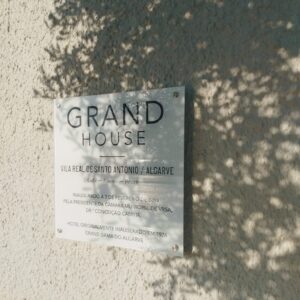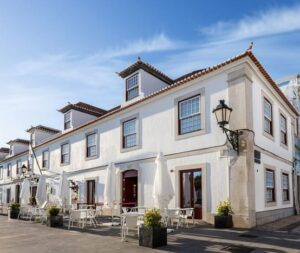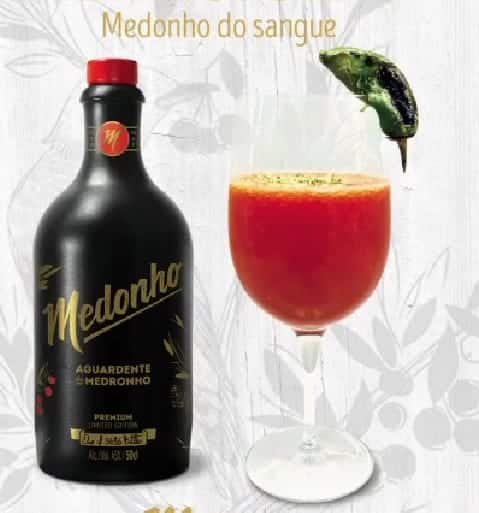Another letter from Southern Europe, Andalusia, Algarve, known for never-ending summers. True, further North, when getting out in the morning these days, they are already wearing a Kashmir sweater and a pashmina wrapped around the neck, whereas down South in Andalusia and Algarve, we still can afford to dress in summer clothes for most of the day.
The south-eastern part of the Algarve, accessible by flight to Seville or to Faro, is still a region with low population density. A few small cities and spread-out villages in the hilly hinterland. Crossing the bridge over the Guadiana river, which represents the natural border between Spain and Portugal, on the left, there is marshland, where salt is extracted in shallow basins separated by the typical white mountains like salt accumulations. Behind it is a city, the statuary of the river Guadiana and a gorgeous view towards the Atlantic.

Vila Real de Santo António is the name of the charming Portuguese border city. There are numerous possibilities to get a room in a hotel or a B&B. I will present two ‘vintage solutions’, both recently restored. One is the Pousada de Vila Real de Santo António, located in the center of the historical part of the city. Entering the Pousada gets you in the laid-back spirit characterizing the hotel, from the interior garden with its swimming pools, one even on the rooftop, to the restaurant and its wood-fired oven, where you can choose your meal out of a palette of healthy fresh local products. The other hotel is the Grand House, an elegant Belle Époque hotel, located at the river Guadiana, still part of the historic part of the city. Built in the twenties by a local industrialist, the one that started canned fish production not only in Portugal, but worldwide, Manuel García Ramirez. The Grand House’s vocation was above all to host Mr. Ramirez’ wealthy business partners conveniently in a region far from exuberant Lisbon, in a rural, poor region at the ocean. Indeed, the unique glamorous atmosphere he created, survived. Back in the twenties, the opening of the Grand House happened to be the start of tourism in the Algarve.

The hinterland of this region is irregularly farmed. There are orange plantations, now more and more side by side with mango plantations. But further back behind the hills, in the inner Algarve, vegetation is still kind of salvage, rocky, where you find cork oak trees, olive trees, carob trees and – Strawberry trees. The Strawberry tree, ‘Medronheiro’, like it is called locally in the Algarve, grows easily wild on poor soil. The scientific name ‘arbutus unedo’ dates from Roman times. The handpicked red fruits are ripe between October and December. They grow mainly in the regions of the Serra de Monchique and the Serra do Caldeirâo, further north less frequently. The harvested fruits are then fermented for two to three months, a natural heritage kept alive since ancient times that has become in vogue nowadays, as it is a natural product to be used pure. Medronho distillers use the same copper stills favored by alchemists. The stills are heated slowly to separate the water from the alcohol. The resulting liquid is divided into three parts, the first one, the head, is high in ethyl acetate and for this reason anciently discarded, today used as hand sanitizers! The last part, the tail, is low in alcohol, discarded as well. Only the middle part, called the heart, is bottled. It was ancient wisdom, that nothing could beat any vicious cold and flu like medronho with its almost 50% of alcohol.

Today the brandy made out of the strawberry tree fruit is still used as a digestif, but most recently, as Medronho has come in vogue as a super natural product, it is used in multiple drinks, in the loungie Algarve and Lisbon bars above all.

The first recipe, a strong cocktail, combats efficiently colds or flus. The two other cocktails can be used whenever. I’m not aware of the availability of Medronho in your region, but can only recommend taking back a bottle when travelling.
The Magical Medronho Cocktail for winter days
600 ml medronho
500 ml water
6o0 ml honey
Peel of one lemon
3 cinnamon sticks
combine water, honey, lemon and cinnamon sticks in a jar and let sit, stirring occasionally, until the honey has dissolved, at least five minutes.
remove lemon and cinnamon. Allow to cool for at least one hour.
add medronho
cool and serve in a small shot glass for sipping
Bloody Medronho
45 ml Medronho
1 pinch of salt
1 pinch of black pepper
4 tsp of Worcestersauce
2 tsp of tabasco
15 ml lemon juice
15 ml orange juice
200ml tomato juice
dry oregano
1 small green pepper
mix the Medronho, salt, black pepper, Worcestersauce, Tabasco, lemon, orange and tomato juice with an ice cube in a shaker, let the ice melt some seconds and then start shaking for ca 1 minute, then pour it into a glass, decorate with dry oregano and put the small green pepper on the edge of the glass.
Medroni, the Negroni cocktail made with Medronho replacing Gin.
Elisabeth Spinnler


